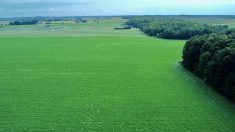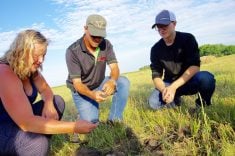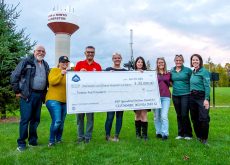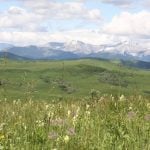The newly launched Lake Erie Enhanced Analysis of Agriculture Practices (LEEAAP) research program aims to reduce phosphorus loading from agricultural fields into Lake Erie.
The Ontario Soil and Crop Improvement Association (OSCIA) said in a release the goal of the program is to expand the industry’s knowledge bank with a data-driven approach to help with the long-term adoption of practices that are effective at reducing phosphorus in agricultural systems.
The four-year research project is expected to deliver “significant” results for Ontario farmers, conservation initiatives, and local communities by supporting on-the-ground actions. By enhancing data analysis, creating critical frameworks for contextualizing recommendations, and supporting the adoption of effective BMPs, this initiative will contribute to long-term sustainability for both agriculture and the environment, OSCIA said.
Read Also
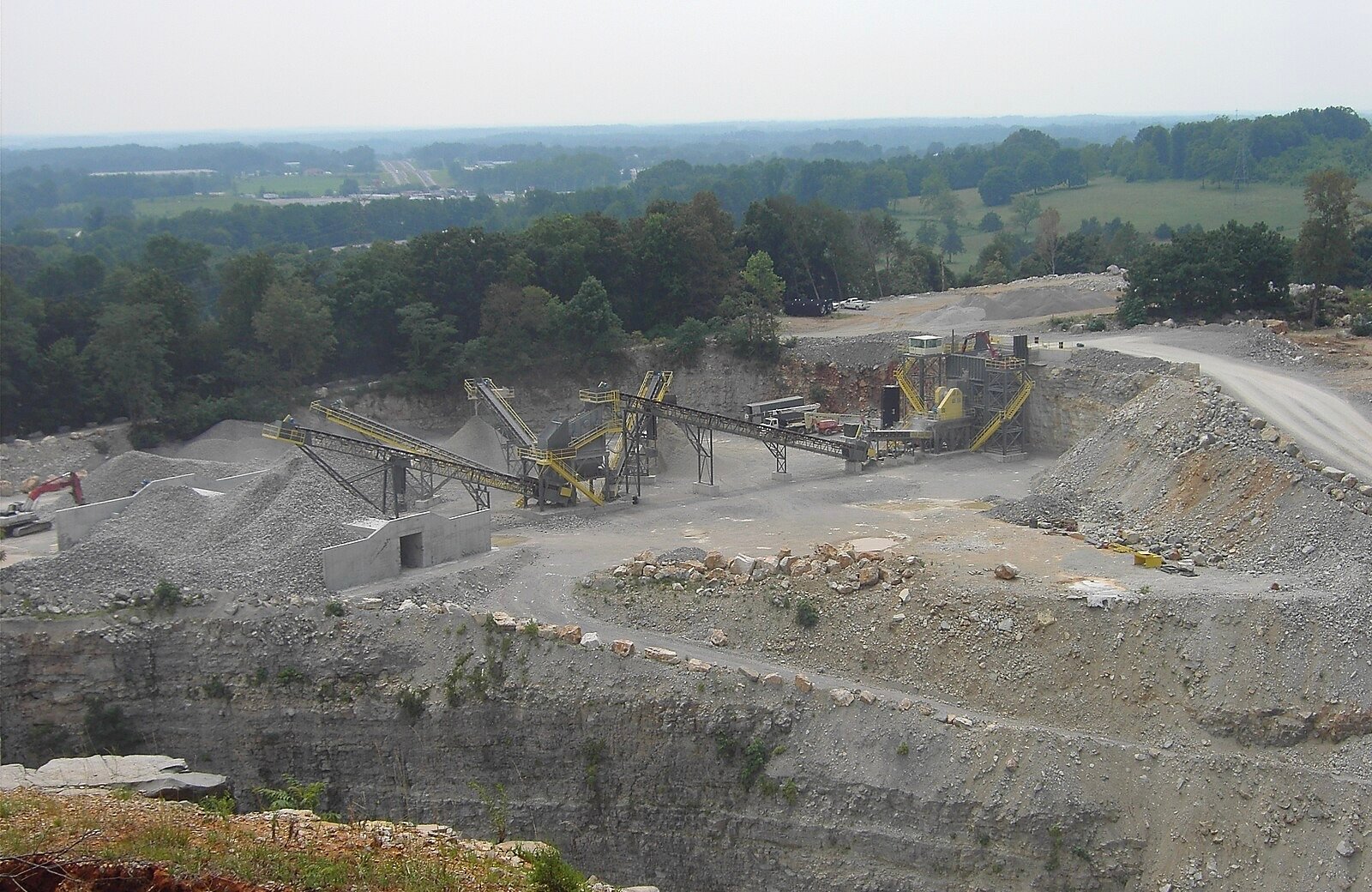
Melancthon faces a new quarry fight over water, environment and farmland risks
A proposed Strada blast quarry in Melancthon, Ont., sparks regional debate over water protection, farmland sustainability, and Ontario’s aggregate policy.
“This project is pivotal not only for advancing agricultural best practices but also to safeguarding our water resources and protecting the environment,” said Dr. Angela Straathof, OSCIA’s Research and Knowledge Transfer director, in the release. “By leveraging historical data and implementing real-time practices, we are able to make data-driven decisions that can have a long-lasting impact on both our farms and our watersheds.”
The four-year research project’s key goals include:Water sampling, BMP implementation within priority sub-watersheds, monitoring multiple sites for runoff event overland flow and tile drainage input, and environmental and farm practice data collection.
Establish standardized water quality and quantity parameters, climate, soil health, farm-field management and production data evaluation utilizing multivariate statistics and machine-learning algorithms.
Enhancing agricultural practice recommendation efficacy via historical data analysis from 2015 to present and real-time BMP implementation from 2024 to 2028.
Workshop development and delivery for water quality specialists and conservationists to share data-management framework supporting further work reducing phosphorus losses.
Utilize educational workshops, factsheets, case studies, and field demonstration days to mobilize results and findings directly to farmers.
OSCIA is seeking a qualified Water Quality Specialist to oversee data analysis.
“This project represents the best of what we can achieve when government, farmers, and researchers work together towards a common goal,” said Phil Oegema, OSCIA’s past president, in the release.








